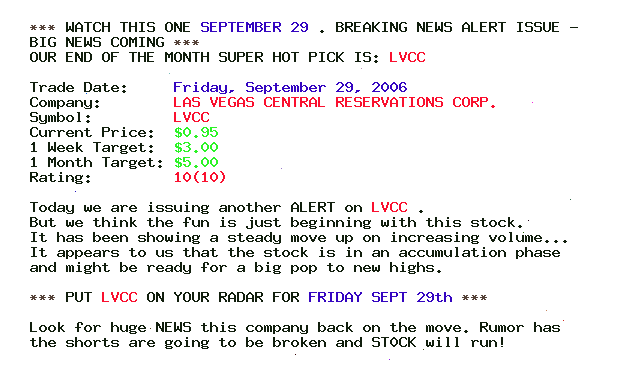
The ethoxybenzene and chlorophenyl rings are
located on the same side of the heterocyclic system, resembling the two front claws
of a crab. O hydrogen bonds, forming a chain. O hydrogen bonds rings into stepped
sheets.
Its absolute configuration was determined by the
use of d-erythronolactone as the starting material. S intermolecular hydrogen bonds,
forming a two-dimensional network. O hydrogen bonds into a three-dimensional
network.
The trimethylsilyl group is substituted in the
axial position of the half-chair. An intramolecular hydrogen bond links the NH group
to an O atom of the nearest nitro group. O hydrogen bonds into a three-dimensional
network.
O interactions are observed. Intramolecular
hydrogen bonding is observed between the carbonyl group and the hydroxy group. The
latter links molecules into infinite chains.
The structure comprises two molecules in the
asymmetric unit, which differ in terms of the orientation of their pendant n-propyl
groups. An intramolecular hydrogen bond links the NH group to an O atom of the
nearest nitro group.
The six-membered rings have chair conformations,
while the conformation of the five-membered ring is an envelope. N interactions
connect these chains into a two-dimensional layer. The bond lengths within the
system indicate some degree of delocalization.
N hydrogen-bonding interactions. O hydrogen bonds
into a three-dimensional network. In the molecule, two thiazoline rings are located
on one side of the central benzene plane, while the third thiazoline ring is located
on the other side of the central benzene plane.
The structure comprises two molecules in the
asymmetric unit, which differ in terms of the orientation of their pendant n-propyl
groups. N hydrogen-bond interactions are present, resulting in a one-dimensional
supramolecular chain structure. The crystal structure contains three very weak
intermolecular hydrogen bonds, viz.
O hydrogen bond helps to establish the molecular
conformation. O hydrogen bonds, leading to zigzag chains along the b axis. N
hydrogen bond, which stabilizes the configuration. The data reveal that some strain
is probably present in the bicyclic structure. The conformations of these non-planar
molecules are similar. Geometric parameters are in normal ranges.
The data reveal that some strain is probably
present in the bicyclic structure. O hydrogen bonding between the two independent
molecules comprising the asymmetric unit involving the carbonyl O atoms; this
extends to link neighboring molecules into a chain.